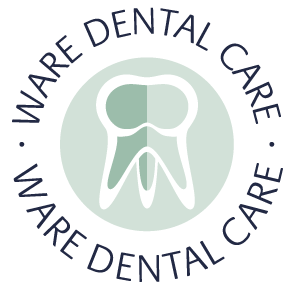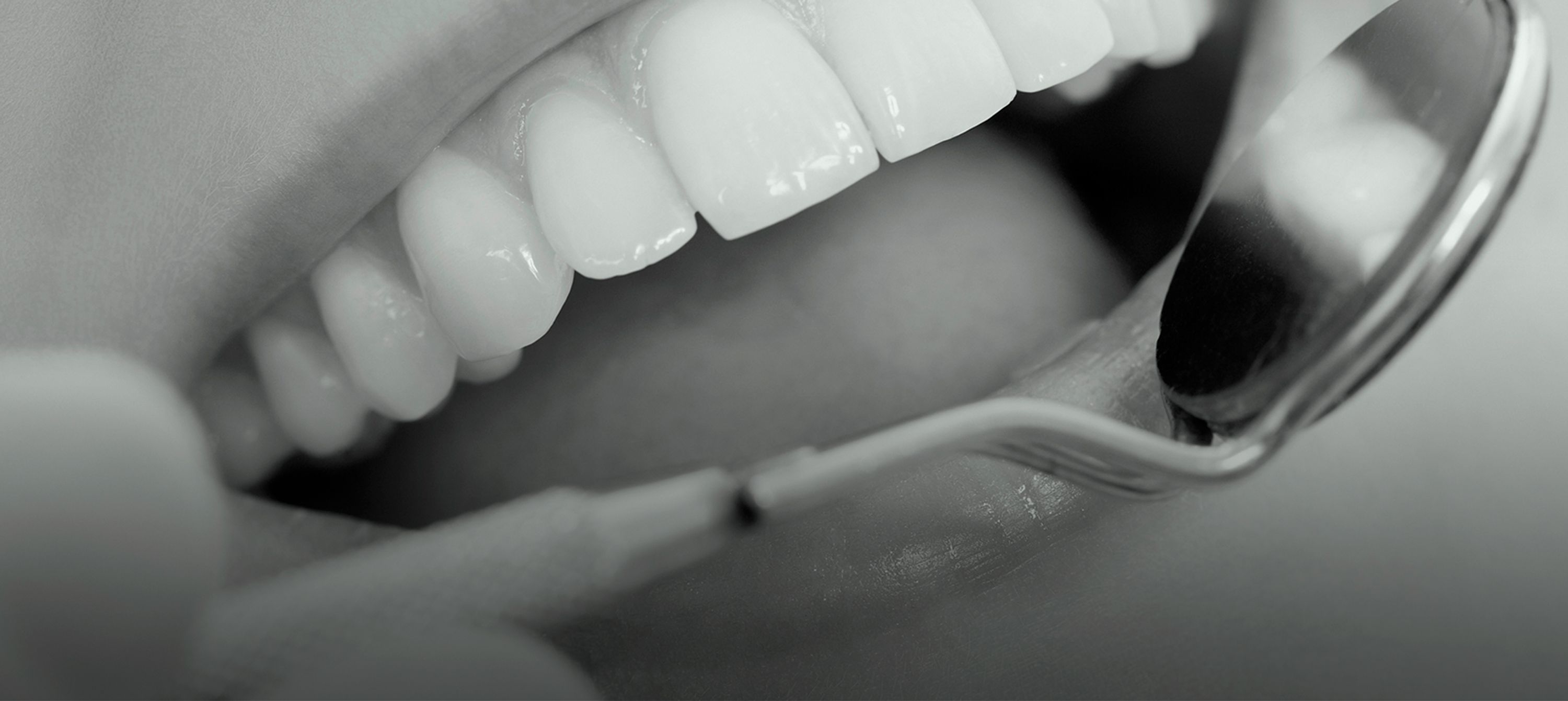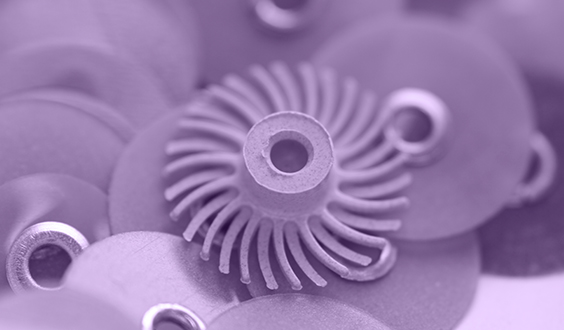Orthodontics
Orthodontics is a branch of dentistry that specialises in treating patients with improper positioning of teeth when the mouth is closed (malocclusion), which results in an improper bite.
Orthodontics also includes cosmetic dentistry; when the patient's aim is to improve his/her appearance.
An orthodontist uses a range of appliances for:
- Closing wide gaps between the teeth
- Making sure the tips of the teeth are aligned
- Straightening crooked teeth
- To improve speech or eating (oral function)
- To improve the long-term health of gums and teeth
- To prevent long-term excessive wear or trauma (of the teeth)
- Treating an improper bite
At Ware Dental Care our orthodontist can provide you with a range of options to achieve your aspirations. Smiles are a big part of our identity, how we feel about ourselves and how others perceive us.
- Healthier teeth and gums
- Confidence to excel in school, work and personal life
- Broader smile
- Enhanced facial features
- Clearer speech for interviews, public speaking, etc.
- Improve your Health
A nice smile is not only beautiful, it also promotes good health:
- Straight and evenly spaced teeth are easier to keep clean, resulting in better oral health.
- Properly aligned teeth chew more efficiently, which may help digestion.
- Aligned teeth create a better bite, which may reduce stress, headaches, and strain on your supporting bone and tissue.
- According to the American Association of Orthodontists, crooked and crowded teeth are hard to clean and maintain. This may contribute to conditions that cause not only tooth decay but may lead to gum disease and tooth loss.
Metal Braces
Metal braces, also known as traditional braces, are a type of orthodontic treatment used to straighten teeth and correct bite issues. Here's some information about them:
1. Components:
Metal braces consist of several components:
- Brackets: Small metal or ceramic attachments bonded to the front surface of each tooth.
- Archwires: Thin metal wires that connect the brackets and apply pressure to the teeth, guiding them into the desired position.
- Bands: Metal rings placed around the back molars to anchor the archwires.
- Ligatures: Small elastic bands or wires used to secure the archwires to the brackets.
2. Treatment Process:
The orthodontist begins by cleaning and drying the teeth before attaching the brackets using a special adhesive. The archwire is then threaded through the brackets and secured with ligatures. Periodic adjustments are necessary to gradually move the teeth into alignment. The duration of treatment varies depending on the severity of the alignment issues, typically ranging from one to three years.
3. Effectiveness:
Metal braces are highly effective in correcting various orthodontic issues, including crooked teeth, overcrowding, gaps between teeth, and bite misalignments such as overbite, underbite, and crossbite.
4. Discomfort:
Initially, patients may experience some discomfort or soreness as the teeth begin to shift. This discomfort typically subsides within a few days and can be alleviated with over-the-counter pain relievers if necessary.
5. Maintenance:
Proper oral hygiene is crucial during orthodontic treatment with metal braces. Patients should brush and floss regularly to prevent plaque buildup around the brackets and wires. Orthodontic wax can be used to alleviate any irritation caused by the brackets rubbing against the cheeks or lips.
6. Appearance:
While metal braces are conspicuous compared to other orthodontic options like clear aligners, many modern braces are smaller and less noticeable than those used in the past. Some patients may choose to personalize their braces with colored ligatures.
7. Cost:
The cost of metal braces varies depending on factors such as the severity of the orthodontic issues, the duration of treatment.
8. Retention:
After the active phase of treatment is complete and the braces are removed, patients typically need to wear retainers to prevent the teeth from shifting back to their original positions. Retainers may be removable or fixed behind the teeth.
Overall, metal braces remain a popular and effective orthodontic treatment option for achieving a straighter, healthier smile.
Ceramic Braces
Ceramic braces are a type of orthodontic treatment that offers an alternative to traditional metal braces. Here's some information about them:
1. Composition:
Ceramic braces are similar in structure to metal braces, consisting of brackets, arch wires, and ligatures. However, the brackets used in ceramic braces are made of clear or tooth-coloured ceramic material instead of metal, making them less noticeable.
2. Appearance:
One of the primary advantages of ceramic braces is their aesthetic appeal. The brackets blend in with the natural colour of the teeth, making them much less conspicuous compared to metal braces. This makes ceramic braces a popular choice for individuals who want a more discreet orthodontic treatment option.
3. Effectiveness:
Like metal braces, ceramic braces are highly effective in correcting various orthodontic issues, including crooked teeth, overcrowding, gaps between teeth, and bite misalignments such as overbite, underbite, and crossbite. They apply continuous pressure to gradually move the teeth into proper alignment.
4. Comfort:
Ceramic braces typically provide a comfortable orthodontic experience for patients. While some patients may experience minor irritation from the brackets rubbing against the cheeks or lips, this discomfort is generally less than what is experienced with metal braces.
5. Maintenance:
Proper oral hygiene is crucial during orthodontic treatment with ceramic braces. Patients should brush and floss regularly to prevent plaque buildup around the brackets and wires. Additionally, avoiding foods and beverages that can stain the ceramic material, such as coffee, tea, and red wine, can help maintain the appearance of the braces.
6. Cost:
Ceramic braces tend to be more expensive than traditional metal braces due to the higher cost of the materials used. However, the exact cost varies depending on factors such as the severity of the orthodontic issues, the duration of treatment.
7. Durability:
While ceramic braces are generally durable, the ceramic material may be more prone to breakage than metal brackets. Patients should follow their orthodontist's instructions carefully to avoid damaging the braces, such as avoiding hard or sticky foods.
8. Retention:
Like with metal braces, patients typically need to wear retainers after the active phase of treatment with ceramic braces to prevent the teeth from shifting back to their original positions.
Overall, ceramic braces offer a discreet and effective orthodontic treatment option for individuals seeking to improve the alignment of their teeth while maintaining a natural appearance.
When left untreated, many minor orthodontic problems may become worse, contributing to abnormal wear of tooth surfaces, inefficient chewing, excessive gum stress on gum tissue, and misalignment of the jaw joints. This can all lead to chronic headaches or pain in the face or neck. Treatment by a specialist to correct minor orthodontic issues are often less costly than the additional dental care required to treat more serious problems that can develop in later years. So, no matter what age you are it is never too early or too late to invest in braces and ultimately invest in yourself. Start enjoying the lifelong results today.

























